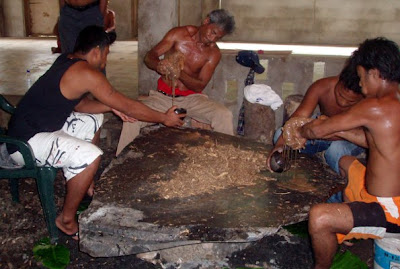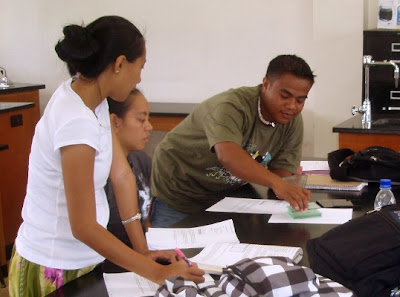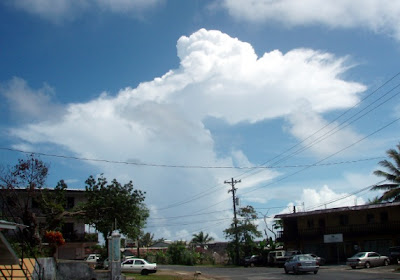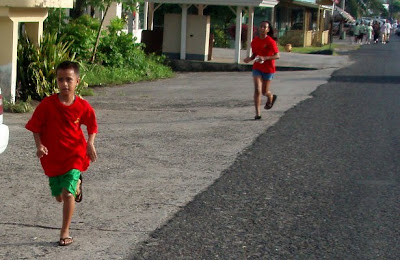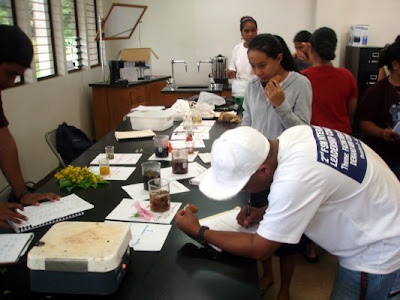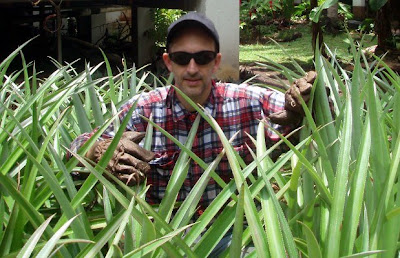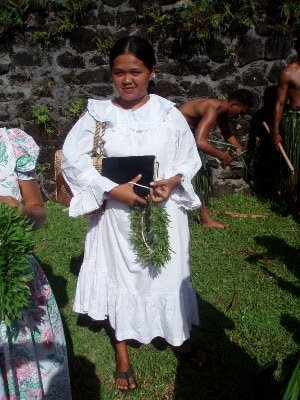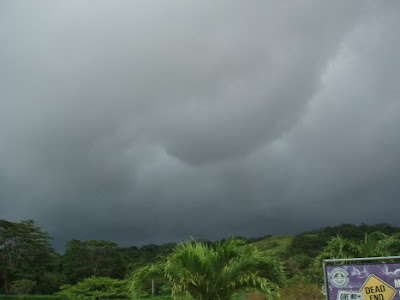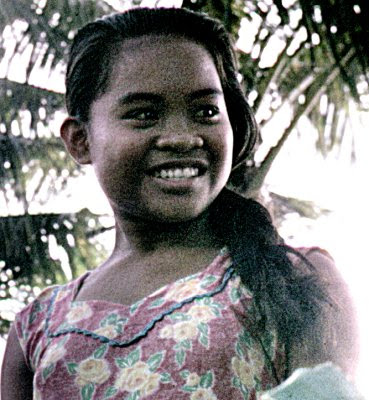Lunch options
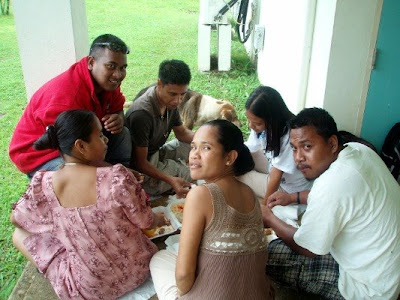
Our students truly lack options on places to eat lunch on rainy days here on Pohnpei. The lack of an actual student union building, a dedicated facility for the students, and a paucity of sheltered places in which to dine, has our students gathering to eat in any corner they can find. Few stretches of sidewalk are under cover, despite rain fall in Palikir running upwards of 510 centimeters per annum . One does have to fend off the begging dogs, but our students maintain their sense of humor and composure in the face of the odd conditions under which they often dine.
